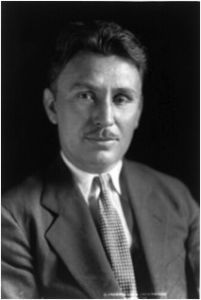
A throat microphone, also known as a laryngophone, senses and absorbs audio vibrations from the user’s throat via a sensor that is worn against the neck.

A throat microphone, also known as a laryngophone, senses and absorbs audio vibrations from the user’s throat via a sensor that is worn against the neck.
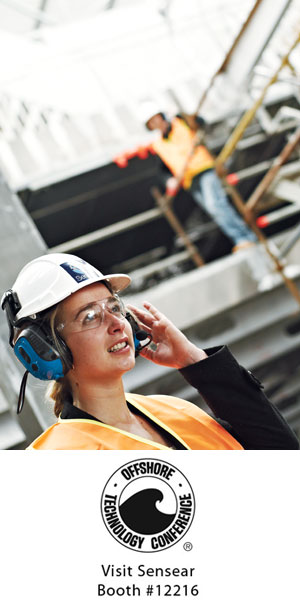
We hear it all the time…budgets for communications systems have been developed, approved, allocated, and even mostly spent before somebody realizes that they can’t talk and/or hear over the noise at their job site.
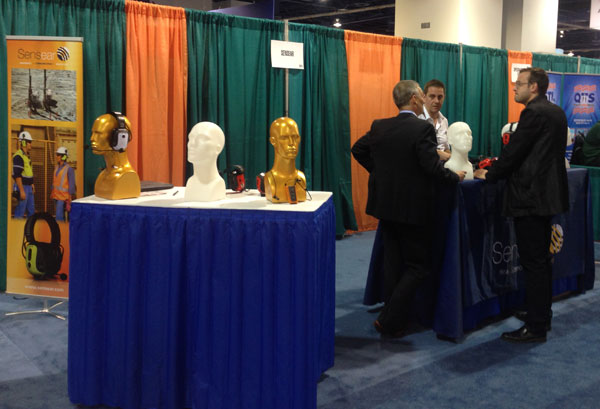
The Sensear team has just returned from another successful week at IWCE. All the major players were there in force, Motorola, Kenwood, Icom, Harris, etc. This year's show continued to highlight the push of DMR into all of the public safety and industrial market segments. The focus on these digital radio technologies has continued to push our digital headsets to the forefront of discussions. Can a headset help as a piece of a digital radio communications system? Will the headset improve the ability of the system to communicate in high noise? Does the headset improve the user's protection? The simple answer to all of these questions is yes, and we would be happy to help our customers learn more.

There have been recent articles and scientific research into the noise trends within data centers. Generally, data center managers have taken the position that noise is an acceptable part of the job. However as the industry trends move towards the adoption of high-density equipment and data center consolidation, not only do potential hearing hazards warrant a closer look to protect data center employees, but how do those employees communicate above the noise?

Two-way radio communication isn’t just for high noise industrial environments. Clear, uninterrupted communication between persons in different locations can be essential. If you are unsure a two-way radio headset would be beneficial in your work environment or believe that it would be a wasted expense, perhaps Captain Josh’s story may help you decide.
The freedom of movement a wireless headset gives you can be appealing; the battery dying on a job site in the middle of the workday may be somewhat less appealing. On the other hand, getting your headset cable caught in machinery or while trying to remove your personal protection equipment can get old fast, and become a potential danger.
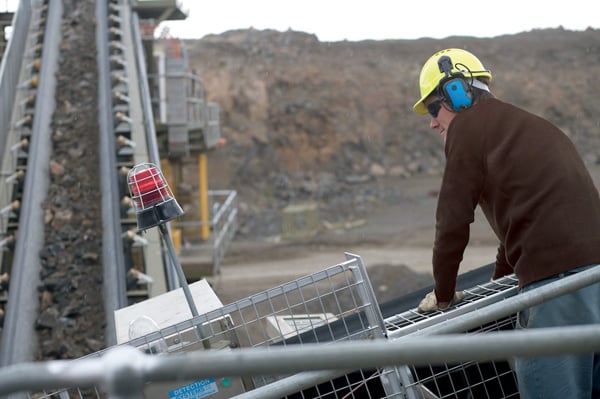
As defined by NOHSC: 2009 (2004), occupational Noise-Induced Hearing Loss (NIHL) means hearing impairment arising from exposure to excessive noise at work. Occupational noise-induced hearing loss is also commonly known as industrial deafness.
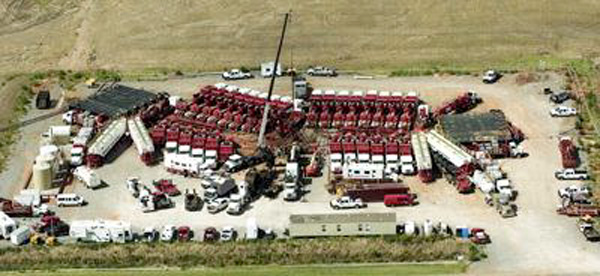
Although the first experiments in Hydraulic Fracturing began in the late 1940s, the Hydraulic Fracturing (also known as “fracking”) industry has seen a boom in recent years. As of 2012, (according to the Society of Petroleum Engineers) an estimated 2.5 million hydraulic fracturing jobs have been performed on oil and gas wells worldwide. This may be due to the ability to locate unconventional natural gas and oil sources through fracking.
The boom in Hydraulic Fracturing has also raised concerns about the safety and protection of the workers. The high-pressure equipment and drills create a high noise environment. Maintaining hearing protection and clear communication can be a challenge. OSHA’s proposed Silica Rule adds to that challenge by potentially requiring the use of respiratory equipment.

Danimex Communication and Sensear have formed a new partnership to market Sensear’s products in Middle East, Africa, Benelux and the Scandinavian Countries.